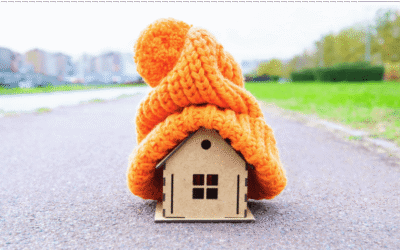A new Grattan Institute report, Bills down, emissions down: A practical path to net-zero electricity, models that average Australian household energy bills could fall by roughly half, if greenhouse gas emissions from electricity are cut in line with net-zero targets.
Referring to a total household spend on energy, across petrol, gas, and electricity as energy bills, the report notes the current rate of take up of clean energy in the home bolsters opportunity.
These savings come about because most households in 2050 will have:
- solar panels on their roof,
- a battery in the shed,
- an electric car in the garage, and
- all-electric appliances in your home.

With ‘this halving comes policy room’ for the federal government to cut emissions in the electricity sector without hurting households, and a rethink of the Safeguard Mechanism (which has been in the news lately).
- Policy recommendations: The Grattan Institute proposes a three-point strategy:
- Streamline planning and approvals for new transmission lines.
- Activate the Safeguard Mechanism to provide an emissions constraint for the electricity sector.
- Continue reforms to accelerate the transition to renewable energy to achieve cost savings and reduce emissions.
- Government support: The transition will require government support to assist low-income households with the upfront costs of converting to electricity.
“Very quickly we changed our eating habits to having the main meal in the middle of the day when electricity is cheaper or we were using our own.”
“For too long, federal governments of both political colours have avoided pricing carbon because they fear higher electricity prices.”
“Our report shows that the source of that fear is becoming outdated. The benefits of the energy transition can outweigh the costs – so our political leaders can and should take decisive action now to cut future emissions to help tackle climate change.”
“Carbon pricing can play a constructive role in the electricity sector in coming decades, just as it does already in the industrial, mining, and transport sectors.”
The average household energy bill in NSW is $5,967, with the modelling showing an average saving of $2,893 by 2050.
The Grattan Institute is an independent body, taking the side of the public interest rather than interest groups.





0 Comments